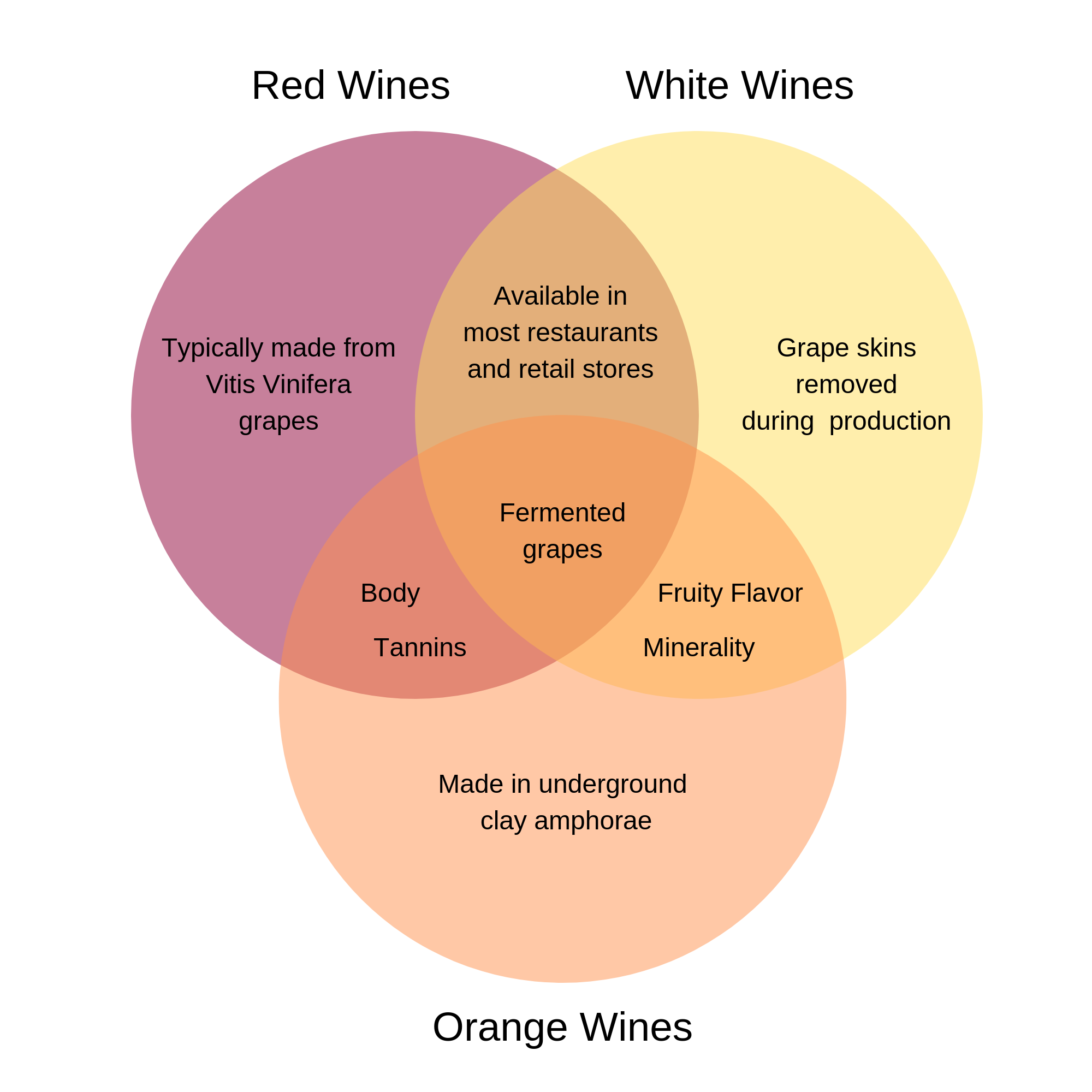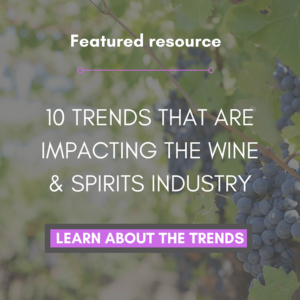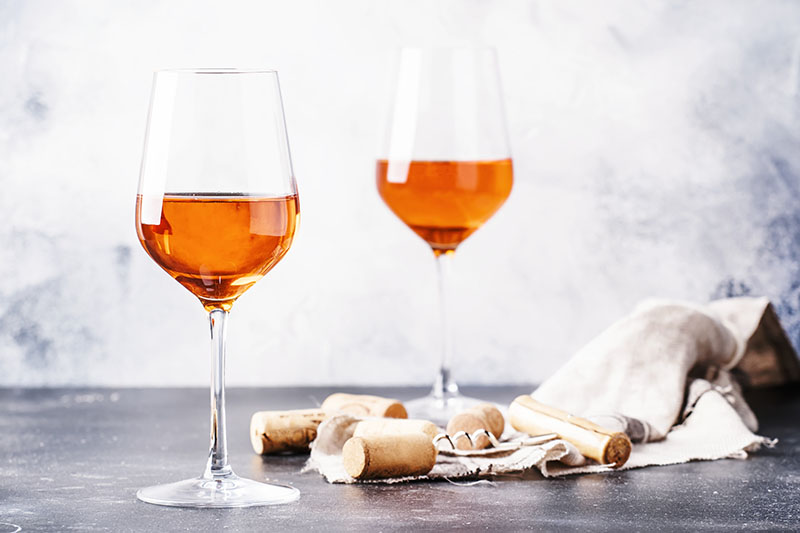First it was rosé, now it’s orange wine?
Maybe you’ve walked by a restaurant and saw diners drinking what looks like a Fanta orange soda from a wine glass. But it’s not soda, it’s orange wine.
It may seem like a new fad, but this “trend” is actually 8,000 years old. Orange wines primarily come from the country of Georgia (not the state – that’s peach), and exports have risen 54% in the last year.
Orange is the new rosé .. kind of
There’s officially a fourth wine color: Orange. Brands are adding at least one orange wine to their portfolio, in addition to their whites, reds and rosés, and wine drinkers want to try it.
Orange wines, also referred to as amber wines, taste like white wines, but they are produced more like reds. There’s a prolonged maceration of the crushed grape skins and seeds, which creates the color. The taste is not like that of an orange fruit. It has the texture, body and tannins of red wine, but the fruitiness and minerality of white wines.

In Brooklyn, the Four Horsemen restaurant and wine bar offers 40 different orange wines by the bottle.
“They are very popular with our guests,” wine director Justin Chearno told Newsweek.
But how much are they actually selling? The orange wine trend is still very much in its infancy, and official statistics have yet to be tracked. The U.S. wine industry is worth more than $61 billion, so even a small market share of that can result in big sales.
Some thought rosé was even a trend, but the brand continues to grow and now brings in $466 million in sales.
So what’s ahead for orange wines? “They’re here to stay,” Rouge Tomate Chelsea wine director Pascaline Lepeltier told Bloomberg.
Orange you glad you tried it?
 The color can be a little off-putting at first, but when you try an orange wine, you will immediately taste that it has a big body like your favorite red, yet still has the acidity of your favorite white. This is all because of the skin contact — and how long the contact lasts — in the process used to make the wine.
The color can be a little off-putting at first, but when you try an orange wine, you will immediately taste that it has a big body like your favorite red, yet still has the acidity of your favorite white. This is all because of the skin contact — and how long the contact lasts — in the process used to make the wine.
Drinkers tend to like the wine because it’s “natural.”
However, every bottle you open may taste different from your last. This is because of inconsistencies in how long the skins stay in the wine, and the fact that it’s made in clay amphorae that are then buried in the earth — a trademark of the Georgia wine industry.
Each wine can pair with different food, but if you’re looking to pair a bottle of orange wine, Wine Enthusiast suggests most cheeses or a spicy main dish.
How to capitalize on the orange wine trend
Orange wines will likely never replace reds and whites as the drink of choice for most wine drinkers. But as millennials dominate the wine market and want to try something new, having an orange wine in their portfolio can help distributors capture that segment of the market.
The Georgian National Wine Agency reported the country saw an increase in exports by 54% in 2017, though most was going to Europe or Russia. So while it might not make sense to create an orange wine from scratch, distributors can partner with Georgian vineyards to feature one of their orange wines here in the states.
Then, they can reach out to restaurants with unique wine lists to help sell the wine in a place with drinkers who are already inquisitive. After that, they can simply watch their orange wine sales to track and chart growth.
- 87% of Utilities Have Experienced at Least One Data Breach in Last Three Years - February 5, 2024
- Can Drones Lower Your Next Utility Bill? - January 10, 2024
- Onshore Wind Farms Are The Next Big Thing In Renewable Energy - December 6, 2023




